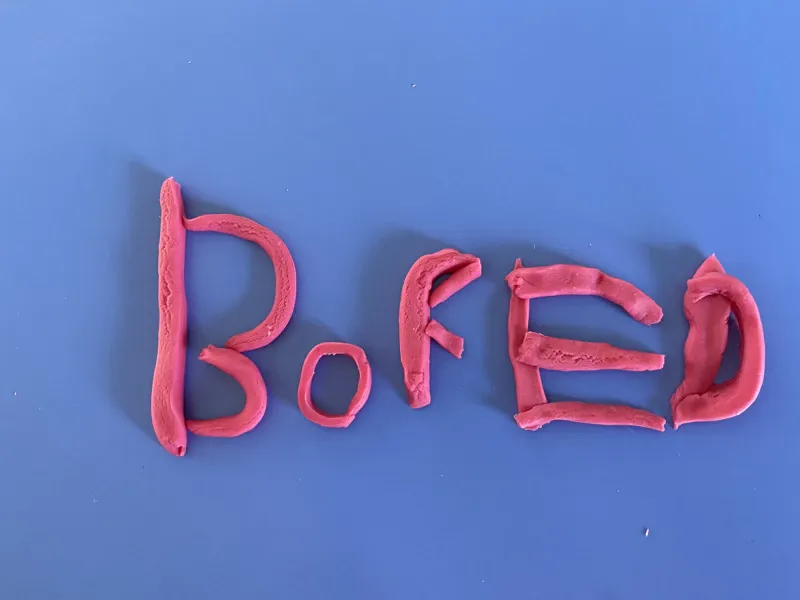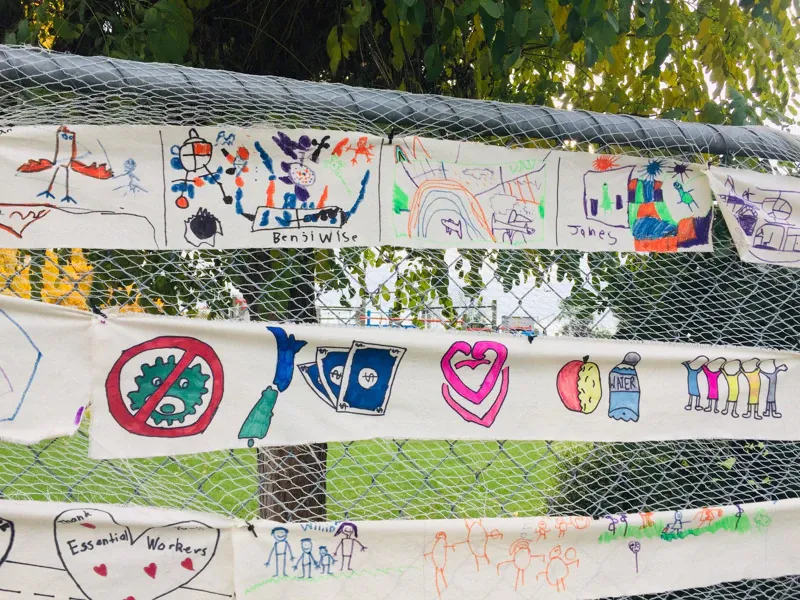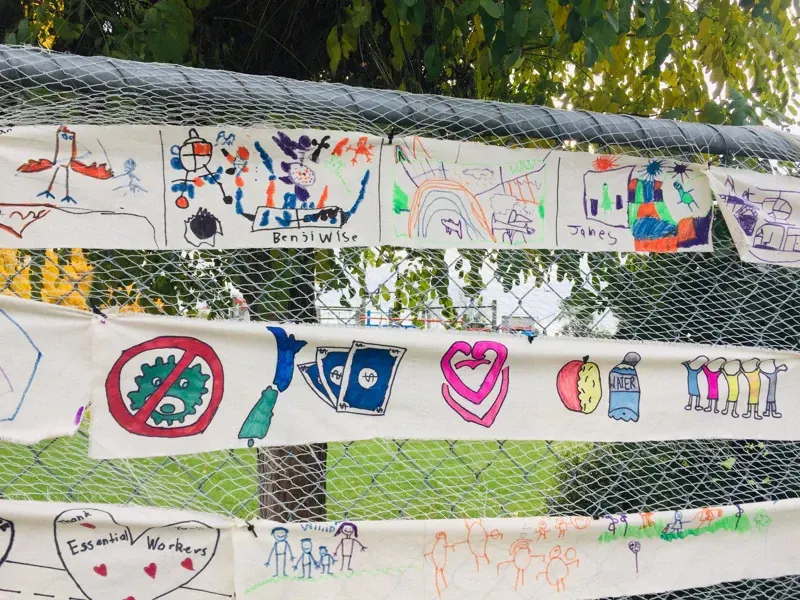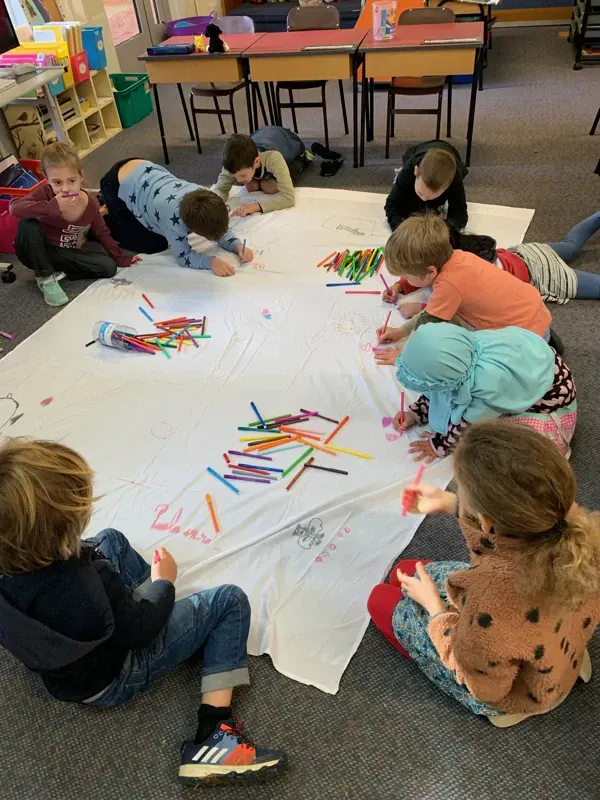How Schools Kill Creativity
Written by

Our education system effectively stifles children’s natural curiosity about the world, according to a new report from the University of Auckland.
The Centre for Arts and Social Transformation at the University’s Faculty of Education and Social Work has released its first report on the state of creativity in New Zealand schools, Replanting Creativity during post-normal times.
Based on four years of work, the quantitative study is described as a world first, measuring 11 dimensions of what makes a creative environment in primary and secondary schools.
Across all school levels, children have declining opportunities to play with ideas, the report concludes.
Time to be courageous
Sir Ken Robinson, in the most popular TEDX talk of all time, stated “if we were to design an education system to kill creativity, we couldn’t design one better than the one we already have.”
Robinson argued that education systems globally are woefully unprepared to deal with the post normal times in which we live or to help us imagine ourselves out of them. Before his death, he lamented that although his ideas were enormously popular with individual teachers and principals, there wasn’t an education system in the world courageous enough to embrace the joy and wonder of creativity and the arts in particular.
New Zealand is no different.

George St Normal School Year 1 and 2 - Te Rito Toi's Teaspoon of Light lesson plan. Photo: Supplied.
As children progress through our schools, there are fewer chances for collaboration, for working outside or across discipline boundaries and for taking risks and problem-solving.
The end result is that schooling fails to create the kind of citizens we so urgently need to succeed in the post-normal world we live in, the report says.
Feed the creative hunger

St Patrick's Panmure year 7 and 8 - Te Rito Toi's The Green Children lesson plan. Photo: Supplied.
Professor Peter O’Connor, who led the research, believes the results confirm the suspicion that decades of neglect of the arts has stripped life and colour from Aotearoa's schools.
“The arts and creativity have disappeared from schools as part of deliberate government policies for decades. This has serious implications for the future of work, democratic citizenship and student well-being.”
O’Connor sees this as a systemic failing brought about by decades of focus on literacy and numeracy - at the expense of everything else schools could and should do.
“Teachers proved their hunger for the arts to return to New Zealand schools earlier this year when - by the tens of thousands - they engaged with the arts resources developed to support children during COVID-19.”

Bledisloe School Year 1 to 6 - Te Rito Toi's Teaspoon of Light lesson plan. Photo: Supplied.
Te Rito Toi, the website created by the Centre for Arts and Social Transformation contains dozens of arts lessons and has had over 300,000 downloads, used in 114 countries and over 30,000 teachers have attended webinars on its use.
It’s possible more arts, and perhaps more importantly more teaching through the arts has happened in New Zealand schools in the past few months than in generations.
O’Connor notes that the section of Te Rito Toi on ngā toi - Hā Ora - contains the first significant resources on Māori arts for nearly a generation.

Balmoral School year 3 and 4 - Te Rito Toi's The Giant who Threw Tantrums lesson plan. Photo: Supplied.
The Centre for Arts and Social Transformation is presenting a public lecture arguing for the place of the arts in schools on Wednesday 4 November at Old Government House, at the University of Auckland’s City Campus.
Te Rito Toi: The Twice Born Seed lecture is supported by: the NZ Principals’ Federation, NZEI, PPTA, New Zealand National Commission for UNESCO, Creative New Zealand, Arts Access Aotearoa, Te Taumata Toi-a-Iwi, the Sir John Kirwan Foundation, Chartwell Trust, Dance Subject Association of New Zealand, Drama New Zealand, Music Education New Zealand Aotearoa and The Big Idea.
The full report can be accessed as of today by clicking here.


